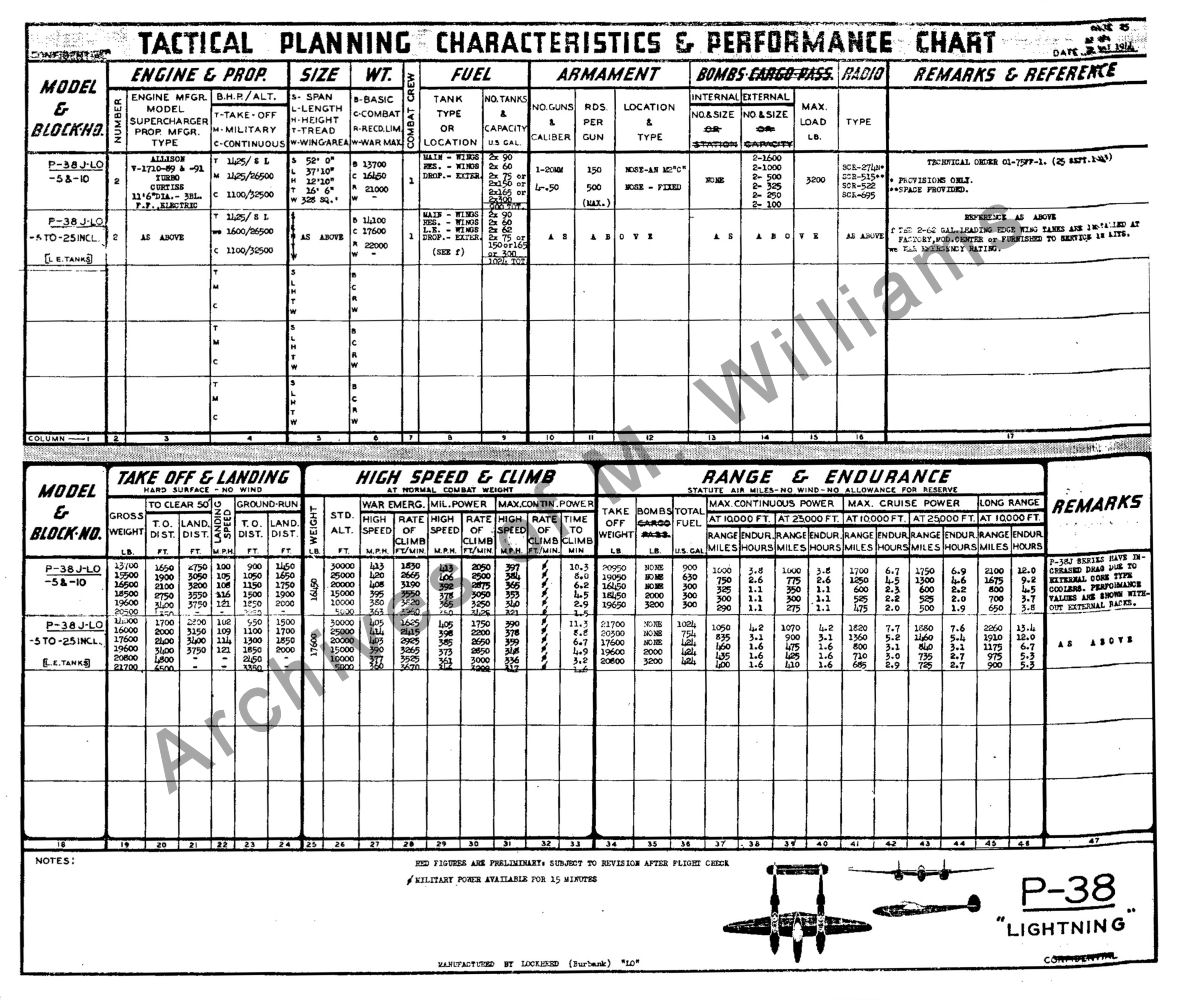wabower
Touchdown! Greaser!
- Joined
- Sep 1, 2008
- Messages
- 12,013
- Display Name
Display name:
Wayne
Somebody who's BTDT said it's no fun to get shot at but it's really fun when they miss. Or maybe Dave said that.
I suspect it's a whole lot more fun when you're not getting shot at.
Last edited by a moderator:


